Data Fusion and Optimization
IECM can be used to integrate data from multiple sources to improve the understanding of the corrosion process and optimize the corrosion management strategy.
The corrosion of materials is a pervasive problem in many industries, including transportation, energy, and manufacturing. Corrosion can lead to the degradation of structures, machinery, and equipment, which can result in costly repairs, production downtime, and even accidents. To manage corrosion effectively, it is essential to have a comprehensive understanding of the corrosion process, and this requires the integration of data from multiple sources. Data fusion and optimization can be used to combine and analyze this data, leading to a more accurate understanding of corrosion and an optimized corrosion management strategy.
Data fusion is the process of integrating data from multiple sources to obtain a more comprehensive view of a system or process. In corrosion management, data fusion involves collecting data from various sources, such as sensors, corrosion coupons, and visual inspections, and combining them to obtain a more accurate understanding of the corrosion process. The data can be processed using various techniques, such as statistical analysis, machine learning, and data mining, to identify correlations, patterns, and anomalies, or data can be utilized for refining the boundary conditions of the mechanistic models.
Optimization is the process of using data analysis to improve a system or process, making it more efficient or effective. In corrosion management, optimization involves using the data obtained through data fusion to optimize the corrosion management strategy. This includes determining the best time for maintenance, selecting the most appropriate corrosion control measures, and identifying the most effective corrosion inhibitors.
The integration of data from multiple sources using data fusion and optimization provides several benefits in corrosion management. One of the most significant advantages is the ability to identify and track the progression of corrosion more accurately. By combining data from different sources, it is possible to gain a more comprehensive understanding of the corrosion process, including the factors that influence it and the rate at which it occurs.
Another advantage of data fusion and optimization in corrosion management is the ability to optimize the use of resources. By analyzing data from multiple sources, it is possible to determine the most effective and efficient corrosion control measures, such as cathodic protection and coatings. This leads to more efficient use of resources, reducing costs, and improving performance.
Finally, data fusion and optimization allow for more informed decision-making in corrosion management. By analyzing data from multiple sources, it is possible to make more accurate predictions about the progression of corrosion, which enables operators to take proactive measures to prevent corrosion-related incidents. This leads to a safer and more reliable operation.
In conclusion, data fusion and optimization are essential tools in corrosion management. By integrating data from multiple sources and analyzing it, it is possible to obtain a more comprehensive understanding of the corrosion process, optimize the corrosion management strategy, and make more informed decisions. As technology continues to advance, data fusion and optimization will become even more effective, allowing for more efficient and effective corrosion management strategies in the future.

